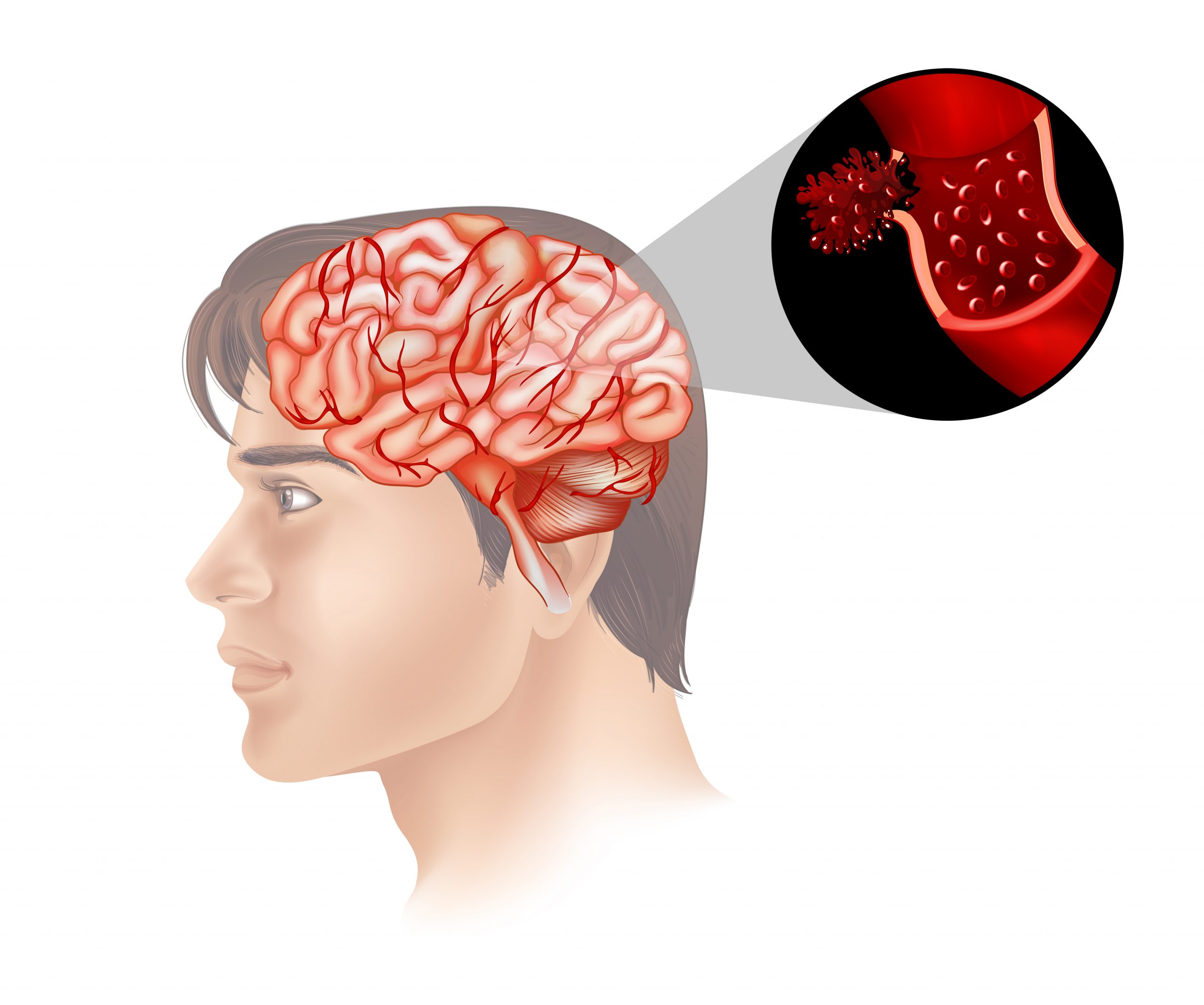

A novel, biodegradable ultrasound device that is significantly more powerful than earlier devices could make brain malignancies more curable, according to University of Connecticut researchers in the June 14 issue of Science Advances.
According to the American Cancer Society, brain cancer affects more than 24,000 people in the United States each year, and more than 18,000 Americans will die from it by 2023.
When a person is diagnosed with a cancerous brain tumor, it is usually surgically removed and then chemotherapy is administered to kill any residual cancer cells. However, brain malignancies are particularly resistant to chemotherapy because the lining of the blood arteries prevents big molecules that could potentially injure the brain from passing through.
These also inhibit helpful chemo-drugs and other treatments from killing brain cancer cells and curing other brain illnesses. One safe and effective method is to use ultrasound to jiggle cells enough to open pores large enough to allow the drug to pass through.
However, transmitting ultrasound through the thick human skull is difficult. Generally, many strong ultrasound devices must be strategically implanted around the skull and precisely focused on the site of the tumor with an MRI machine immediately after chemotherapy is administered in the hospital.
The procedure takes five to six hours, and the strong ultrasound can be harmful to tissue. Even though most patients with severe brain cancer get chemotherapy for months, it is rarely repeated. Using ultrasonography every time the patient received treatment would be far more effective. However, because the MRI-ultrasound technique is so time-consuming, it is rarely used.
“We can avoid all of that by using an implanted device” within the brain itself, says biomedical engineer Thanh Nguyen. We can repeatedly use it, allowing chemo to penetrate the brain and kill off tumor cells.” There is already an implantable ultrasound device commercially available, but it is made of ceramic materials that are potentially toxic and must be surgically removed after treatment is finished.
Nguyen’s research focuses on biodegradable, piezoelectric polymers. When a little electrical current passes through a piezoelectric material, it vibrates. They had previously developed a safe, biodegradable piezoelectric ultrasonic brain implant, but it was not as effective as typical piezoelectric ceramics. So the Nguyen lab, which includes graduate students Thinh T. Le and Meysam Chorsi and is co-advised by Engineering Professor Horea Ilies and Engineering Dean Kazem Kazerounian, as well as postdoc Feng Lin, developed a completely new technique to create a biodegradable polymer ultrasound that is just as powerful as ceramic ultrasounds.
The researchers planned to employ crystals of glycine, an amino acid that is abundant in many proteins and has recently been discovered to be highly piezoelectric. Glycine is harmless and biodegradable, however it dissolves quickly in water. Glycine piezoelectric crystals are also brittle and easily fracture, making it difficult to handle and fabricate into a practical ultrasonic instrument.
The researchers devised an innovative solution. They created glycine crystals and then purposefully smashed them into hundreds of nanometer-sized pieces. They then spun them (at high voltage in a method known as electrospinning) with polycaprolactone (PCL), a biodegradable polymer, to create piezoelectric films made of glycine and PCL nanofibers.
The film can create ultrasound at 334 kilo-Pascals under a low driving voltage (0.15 Vrms), which is comparable to a ceramic ultrasound brain implant. To safeguard the glycine-PCL film, the researchers cover it in other biodegradable polymers. One proposed coating, poly-L-Lactide (PLLA), takes around six weeks to degrade.
The device was tested on mice with brain tumors by the researchers. They administered PTX (paclitaxel) to the mice, a powerful chemotherapy drug that is effective against brain tumors but difficult to cross the blood-brain barrier. The glycine-PCL ultrasonography successfully allowed PTX to breach the blood-brain barrier—tumors reduced, and the treatment quadrupled the lifespan of mice with brain cancer compared to control mice.
The combination glycine-PCL ultrasound + PTX treatment was also significantly more successful for the mice than PTX alone or PTX and ultrasound from the earlier, less powerful version of the Nguyen lab’s PLLA-based biodegradable ultrasound device.
Aside from the aforementioned therapeutic efficacy, the team has previously conducted a six-month safety evaluation of the device implanted inside the brain, and discovered that it had no negative effects on the health of the mice. They will now continue studying the safety and efficacy of the product in large animals.
more recommended stories
 Gestational Diabetes Risk Identified by Blood Metabolites
Gestational Diabetes Risk Identified by Blood MetabolitesKey Takeaways (Quick Summary for Clinicians).
 Phage Therapy Study Reveals RNA-Based Infection Control
Phage Therapy Study Reveals RNA-Based Infection ControlKey Takeaways (Quick Summary) Researchers uncovered.
 Pelvic Floor Disorders: Treatable Yet Often Ignored
Pelvic Floor Disorders: Treatable Yet Often IgnoredKey Takeaways (Quick Summary) Pelvic floor.
 Urine-Based microRNA Aging Clock Predicts Biological Age
Urine-Based microRNA Aging Clock Predicts Biological AgeKey Takeaways (Quick Summary) Researchers developed.
 Circadian Control of Neutrophils in Myocardial Infarction
Circadian Control of Neutrophils in Myocardial InfarctionKey Takeaways for HCPs Neutrophil activity.
 E-Cigarette Use and Heart Attack Risk in Former Smokers
E-Cigarette Use and Heart Attack Risk in Former SmokersKey Takeaways for Clinicians and Nurses.
 36-Week Pre-eclampsia Screening May Reduce Term Risk
36-Week Pre-eclampsia Screening May Reduce Term RiskA New Preventive Strategy for Term.
 Cardiovascular Risk and Sudden Cardiac Death in Diabetes
Cardiovascular Risk and Sudden Cardiac Death in DiabetesRising Sudden Cardiac Death (SCD) Risk.
 Poor Kidney Function and Alzheimer’s Biomarkers Explained
Poor Kidney Function and Alzheimer’s Biomarkers ExplainedPoor kidney function may influence levels.
 Walking Speed Before Hip Replacement Predicts Recovery
Walking Speed Before Hip Replacement Predicts RecoveryNew Evidence Points to a Simple,.

Leave a Comment